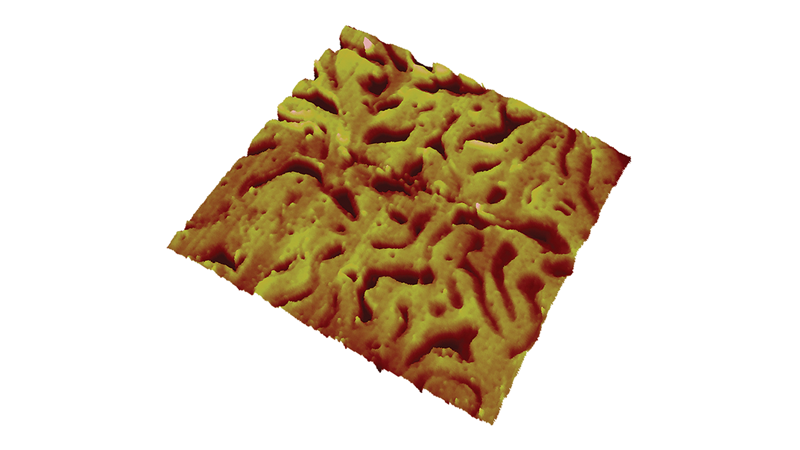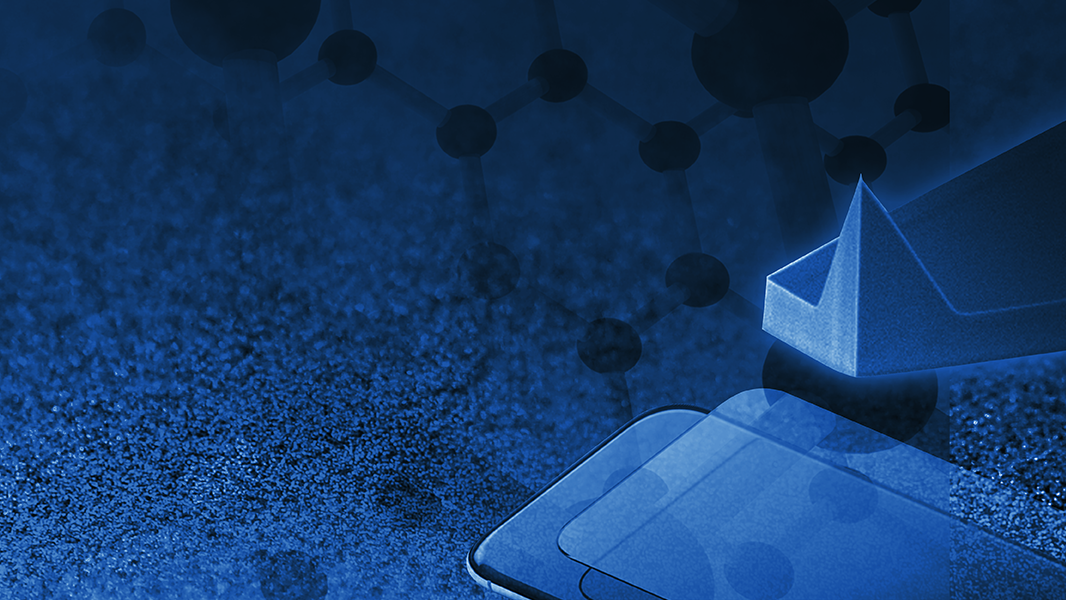Nanoelectrical SPM in Liquid and Scanning Nano-electrochemistry
Nanotechnology, 2017, 28, 095711
In situ electrical and electrochemical (EC) studies with nanometer resolution at electrified solid-electrolyte interfaces are critical for understanding the complex fundamental mechanisms in energy storage and conversion systems, biological applications, and sensors. The authors use an AFM-based scanning electrochemical microscopic (SECM) technique and nanoelectrical SPM in liquid. These new techniques allow for the simultaneous characterization of surface topography, quantitative nanomechanics, nanoelectrical properties, and electrochemical activities in electrochemical environments. The nanoelectrode probe used in this work employed a conductive path insulated by a compact dielectric coating for eliminating leakage current and capacitive signals. The exposed tip apex is conical and suitably small with ~200 nm in height and ~25 nm in end tip radius.
The authors show extensive experimental characterization and numerical simulation of the nanoelectrode probes, confirming that such probes permit sub-100 nm spatial resolution for electrochemical imaging and nanoelectric measurements in conductive liquids. Applications of these techniques are shown, including electrochemical heterogeneity of a nanomesh electrode with sub-100 nm resolution, correlated nano electrochemical activities with nanomechanics of a surface defect on a highly-oriented pyrolytic graphite (HOPG) electrode, and conductivity measurements of a patterned electrode in Li-ion battery solutions. These recently-developed techniques have also enabled a variety of applications in different areas [ChemSusChem 2017, 10, 4657; Nat. Energy 2018, 3, 46].

